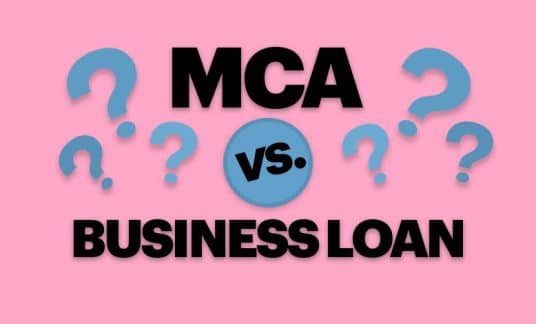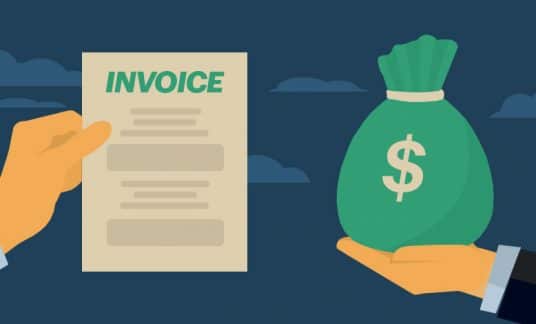You probably don’t need us to tell you that founding a company can be challenging.
With so much to take care of right from the get-go, it’s no wonder many entrepreneurs and soon-to-be-business owners choose to partner with 1 or more like-minded individuals.
What Is a Limited Liability Partnership?
A limited liability partnership (LLP) is a form of general partnership in which each partner is shielded from liability in cases where another partner is at fault. Depending on the state the LLP is registered, members of the partnership usually aren’t liable for the debts of other partners.
This is one of the major advantages of LLPs over other partnerships that are general and less formal in nature. In general partnerships, all partners share liability for issues that may come up.
For individuals in an LLP, their liability protection ends where their responsibilities and duties to the company do. There is no liability protection for gross negligence or wrongdoing (e.g., physical assault, sexual harassment).
Limited Liability Partnership Examples
LLPs are often associated with business partnerships between 2 or more professionals within a specific niche. Attorneys, accountants, medical doctors, architects and professional consultants will often form LLPs. Doing so allows them to band together to build a company while also maintaining their autonomy (and, of course, reduce liability for the actions of others).
Here’s a simple example: If 2 doctors form an LLP and 1 prescribes the wrong medicine to a patient, that partner would be held legally liable for the error.
What Is the Difference Between an LLC and LLP (and an LP)?
Business Management
LLP
LLPs are different from limited liability corporations (LLCs) in the way they’re managed. Specifically, LLPs are managed by the partners.
LLC
In contrast, LLCs can either be managed by its “members” (owners), or by executives and managers who are then paid by the company as the members see fit.
LP
With limited partnerships (LPs), there are limited partners, who are investors in the company, and general partners, who are active owners of a partnership.
Limited partners behave as silent partners who aren’t involved in the actual running of the business. In these “hands-off” scenarios, the silent partners essentially have a single interest in the business: profit.
Liability
Another difference between LLPs, LLCs and LPs concerns liability.
LLP
Partners within an LLP are personally protected from another partner’s potential negligence or wrongdoing, which could include errors, omissions, incompetence or malpractice.
The negligent partner is liable for any damages he or she causes while operating in the name of the business. The liability of other partners is typically limited to the amount of money they invested in the company.
Additionally, if the partnership is unsuccessful, each partner’s personal assets and income are protected from creditors.
-
Note:
Some states require at least one partner in an LLP (namely, a general partner) to have unlimited personal liability. Ultimately, that person would be liable for any business debts and lawsuits.
LLC
“Generally speaking, an LLC provides the most liability protection,” notes legal guide provider Nolo. This is because the personal and business assets of the members are kept separate.
Essentially, the company as an entity assumes liability for the actions of each of its members, meaning an individual member can’t be sued for the company’s negligence — even if the individual in question was actually the one at fault.
LP
In contrast, general partners in an LP have unlimited liability (as in full legal responsibility), while the silent investors have limited liability up to the amount they invested in the business.
How Is an LLP Taxed?
Another key aspect of LLPs is how they’re taxed. Generally, LLPs operate as pass-through entities, which means the business itself isn’t taxed. Rather, profits and losses are passed to the partners and reported on IRS Schedule K-1 (Form 1065).
In an LLP tax structure, the partners claim their share of the company’s distributions on their personal tax return and normally pay self-employment tax. (Members of an LLP agree on how to divide distributions at the onset of their partnership.)
In contrast, LLCs have a choice: If the members of an LLC agree to be taxed as a pass-through entity, they may do so. But they may vote to be taxed as a corporation (with each member also being subject to personal income tax based on distributions).
In comparison, in an LP, only general partners are required to pay self-employment tax based on their distributions, while limited partners (i.e., investors) aren’t required to do so. Limited partners share in the company’s earnings after the general partners have claimed their distributions. This is why limited partner income isn’t technically seen as revenue from self-employment.

Advantages of an LLP Over a Partnership or an LLC
Besides an LLP’s tax structure and limitations on legal liability, why else might you use an LLP?
Here are a few reasons:
Shared Resources and Expenses
Partners in an LLP are able to share resources (e.g., office, personnel). They also are able to share business expenses too. Additionally, limited liability partnerships can thrive because founders often have a name that’s recognized in the niche they’re in, and each partner has an existing client base. All of these activities can have a positive impact on the company’s revenue.
Ability to Scale
Another LLP company benefit is the ability to bring on salaried associates set on track to become partners, often after a few years. These junior partners can take much of the burden of everyday operations off the hands of the senior partners. They also can be hired for their specialized skill set to expand the service offerings of a growing firm or practice.
Restructuring Flexibility
As outlined by the LLP agreement, new partners can be added or existing partners can be retired. While the choice to add a partner typically requires all partners to be in agreement, this feature is an advantage. That’s particularly so when you consider a new partner can bring established clients to the business and help the practice prosper.
Disadvantages of an LLP
LLPs aren’t the be-all and end-all. Here are a couple of concerns:
State Differences
In some cases, it might be compulsory for a given partnership to be registered as an LLP. That said, some states might only allow certain professionals to form LLPs, such as those required to have a license to practice. Other states don’t view LLPs as legal business entities. So it’s important to know the ins and outs before getting started.
Be sure to check with your state to see if your potential business is eligible. You also will want to be familiar with jurisdiction-specific laws regarding liability and taxation.
Potential for Instability
Barring an agreement, LLPs can be dissolved in the case of one partner leaving or dying. This can be especially problematic if the LLP is only made up of 2 partners, as LLPs can’t exist with only 1 partner.
A limited liability partnership can also be dissolved by agreement of all partners.
Additionally, if there is no agreement in place, individual partners may enter into certain business agreements without the consent of the other partners. Such actions could unknowingly obligate the other partners.
Public Disclosure of Information
In certain areas, LLPs must submit financial records of their business activity, which some individuals might not be keen on. A report of a poor fiscal year, for instance, could have the potential to impede business negotiations.
Additionally, when filing to disclose financial records, members might be required to provide a home address, which could end up as publicly accessible information.
That may be something you just don’t want made public. In some industries, though, having personal information available to anyone could pose a danger to the business’s partners, too.
Ready to Start Your Limited Liability Partnership?
Consider working with a business attorney who specializes in assisting new businesses, or look to nonprofit business organizations, such as SCORE, for free advice.
Once you’re sure that your business is eligible to be filed as an LLP — and that doing so is the best course of action for the company — get ready to move forward.
Set up your partnership agreement to define liability, business responsibilities and distributions. Then apply to register your LLP.











